Below was the scene on May 8 in northern England:
"May time blizzard makes us shiver," tweeted the YorkshireSpeherdess, who runs a successful sheep farm.
"You can't believe this is May," she says in the video.
"It's just like the middle of winter."
Paul Simons' Weather Eye article from the Saturday Times compared England's recent May snowfall to that 1821:
Simons writes:
"This is late spring, less than seven weeks away from the summer solstice ... Although the weather is freakish, snow has fallen in May before, although it is unusual for the snow to settle on the ground and for their to be enough to ski on."He continues:
"One historic May snowfall was 200 years ago and it came late in the month, on May 27, 1821. The Leeds Intelligencer reported: On Friday night, the thermometer fell 2 degrees below the freezing point; and on Saturday we had a fall of snow."Note, the year 1821 lands within the Solar Minimum of Cycle 6 — a historically weak solar cycle, one that occurred during the Dalton Minimum (1790-1830):
2021 in Europe: "The Year Without a Spring"As of today, May 10, central Europe is actually enjoying a spell of spring warmth.
However, the spell will prove fleeting, lasting just two-days, and the region will be returned to winter starting Tuesday, May 11.
And then by Thursday, May 13, temperature anomalies will nosedive further again, reaching levels some 10C to 12C below the seasonal average across the majority of the continent:
Additional heavy snow will also strike, particularly in the Alps, Scandinavia, and the Spanish mountains:
These cold and unsettled conditions are forecast to persist through the next week-or-so, before yet another round of 'Arctic shock therapy' threatens to wake the masses from their manufactured global warming psychosis, on May 20:
The below animated model run is within the unreliable time-frame (however, the GFS has been largely successful with its cold projections so far this year). What the run shows is that there could be a further deepening of the cold as we near the end of May — a jaw-dropping scenario, if forecasts pan out:
Europe is experiencing a historically cold spring, perhaps even its coldest on record.
England, for example, has just suffered its chilliest April since 1922, and now -as of May 9- is on for its coldest May since record keeping began back in 1659-yes, that's 362 years ago, during the Maunder Minimum.
England is on for its Coldest May since Record-Keeping Began back in 1659 (during the Maunder Minimum)And the situation is the same across the pond, too...
Mother's Day was a Record-Breaker: Rare Cold and Snow Blasts America...as low solar activity continues to cool the planet:
It's Getting Harder and Harder to Maintain the Lie: Global Temperatures Sink Further in AprilThe COLD TIMES are returning, the mid-latitudes are REFREEZING, in line with the great conjunction, historically low solar activity, cloud-nucleating Cosmic Rays, and a meridional jet stream flow (among other forcings).
Both NOAA and NASA appear to agree, if you read between the lines, with NOAA saying we're entering a 'full-blown' Grand Solar Minimum in the late-2020s, and NASA seeing this upcoming solar cycle (25) as "the weakest of the past 200 years", with the agency correlating previous solar shutdowns to prolonged periods of global cooling here.
Furthermore, we can't ignore the slew of new scientific papers stating the immense impact The Beaufort Gyre could have on the Gulf Stream, and therefore the climate overall.
Prepare accordingly — learn the facts, relocate if need be, and grow your own.
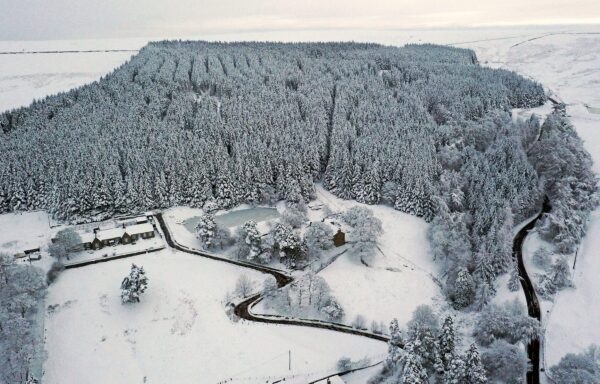
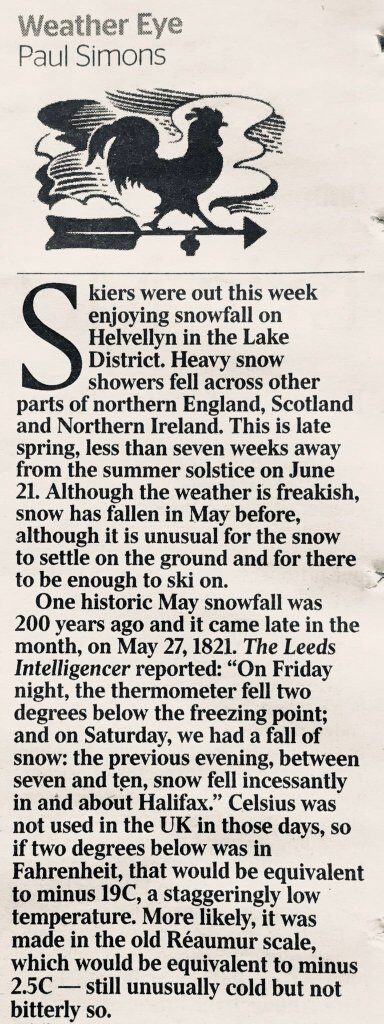
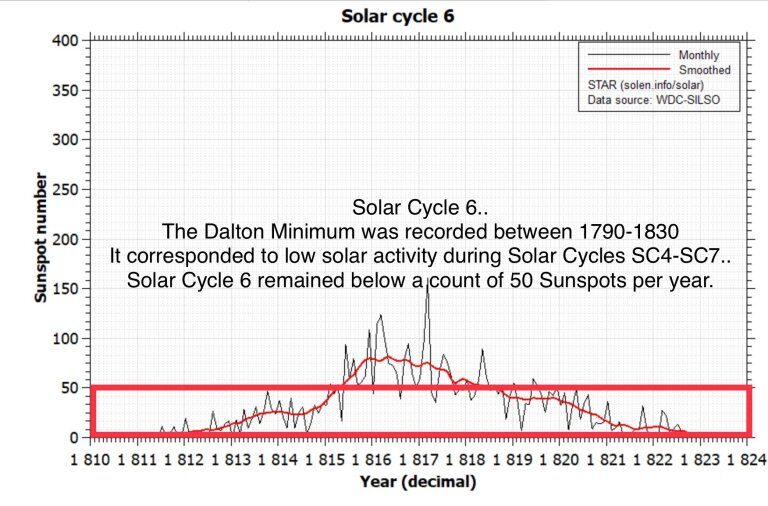
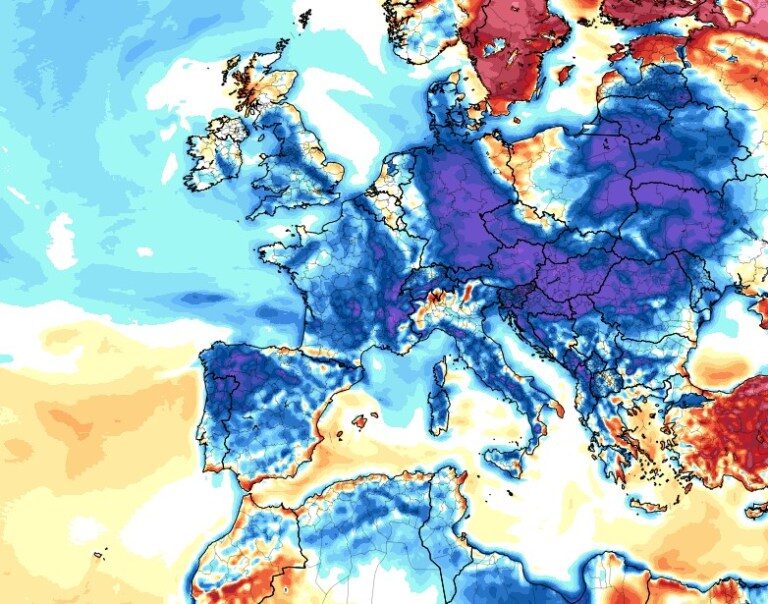
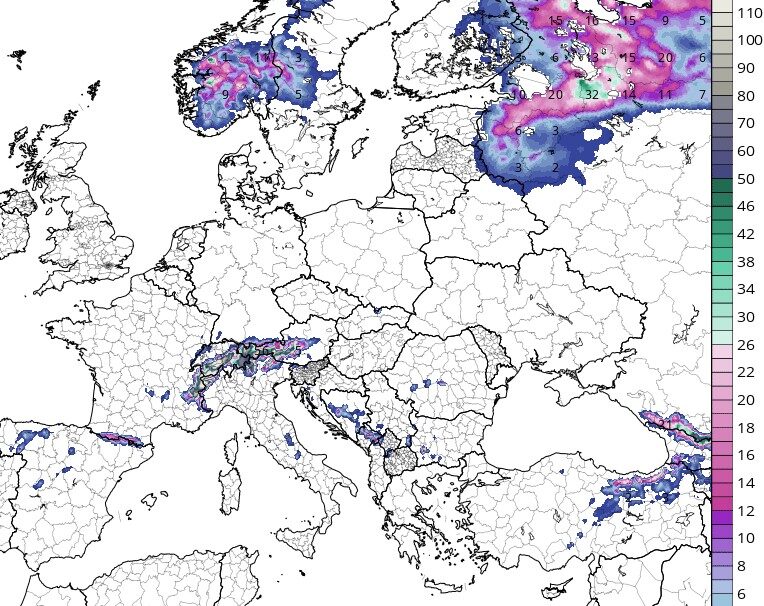
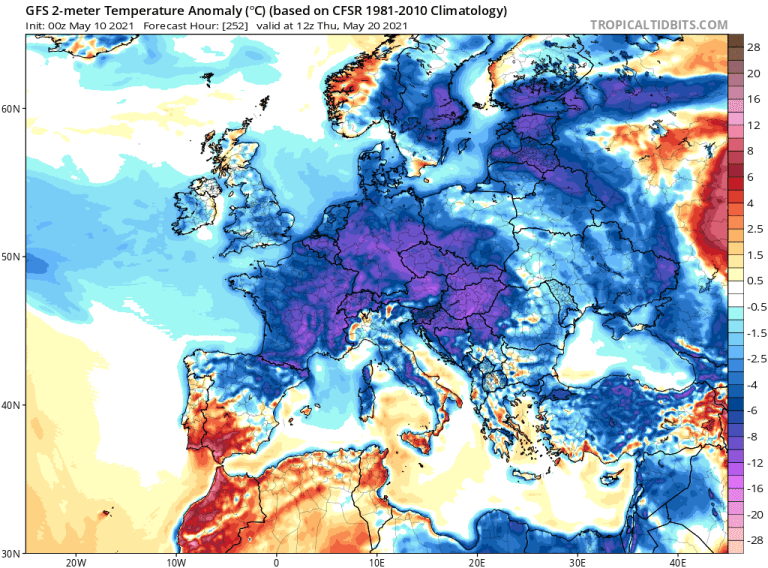
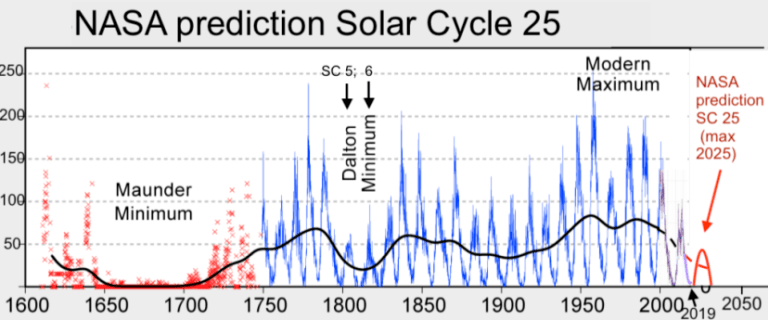
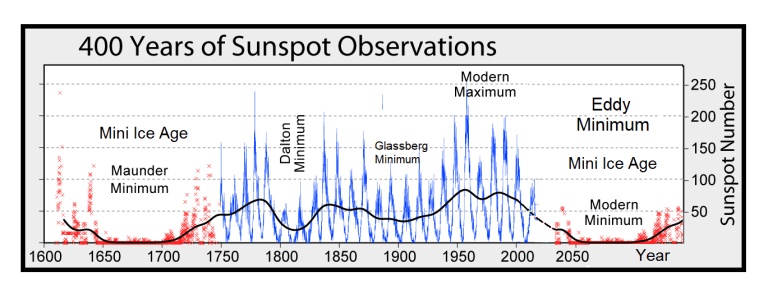



Comment: See also: